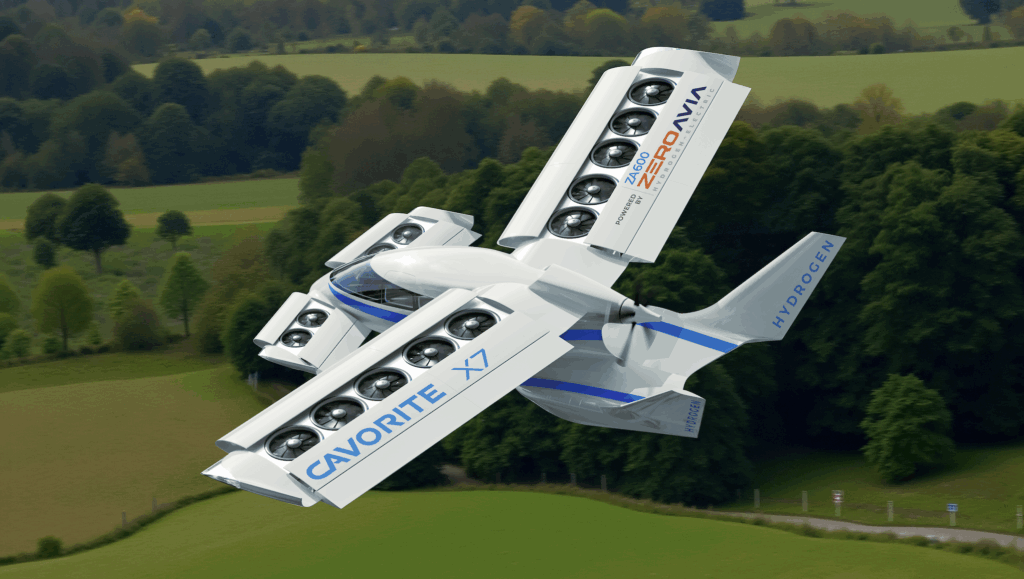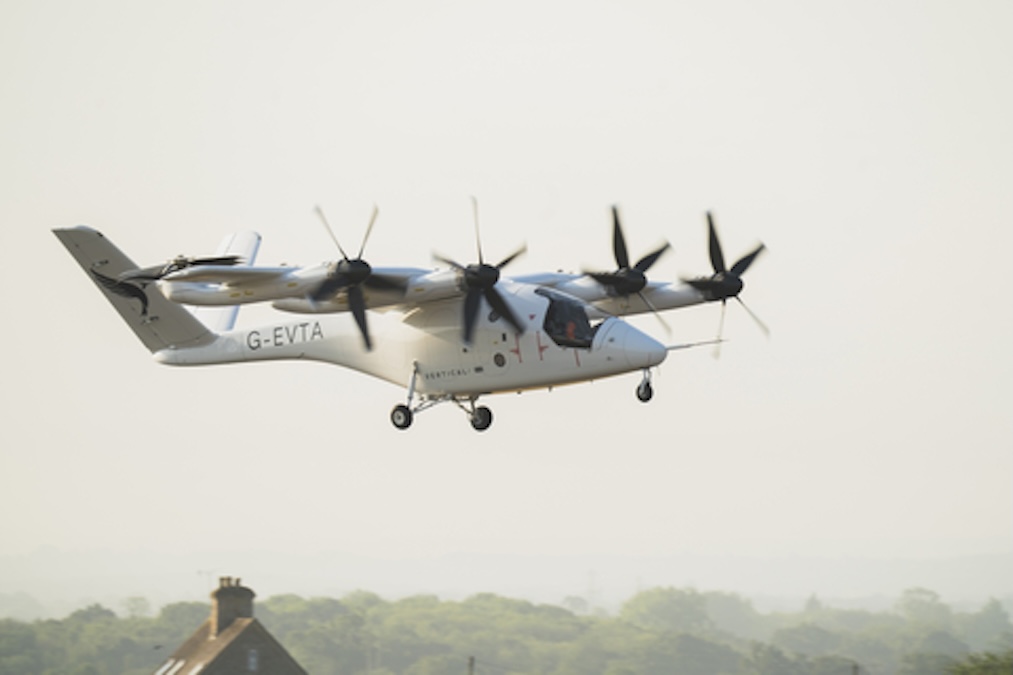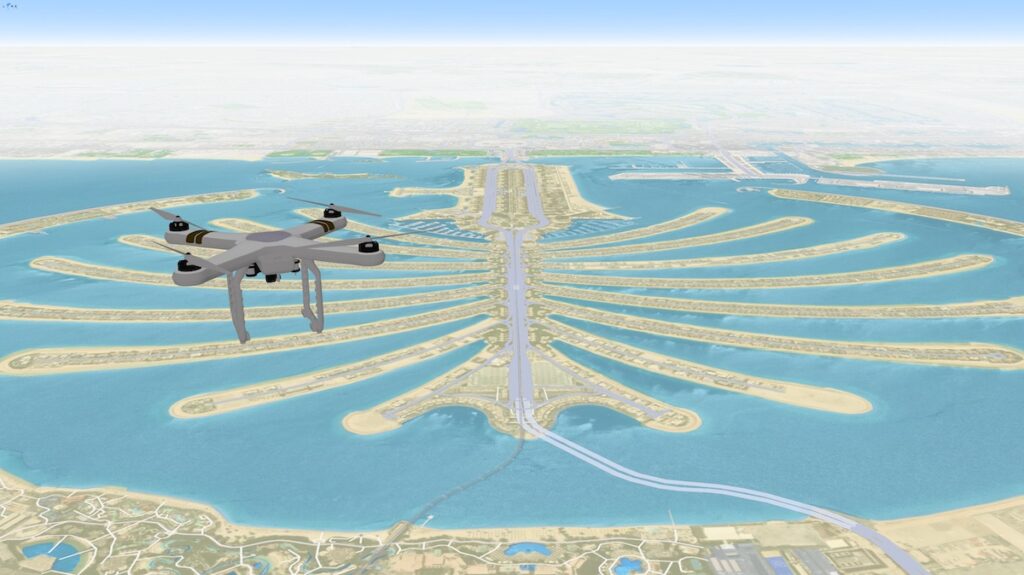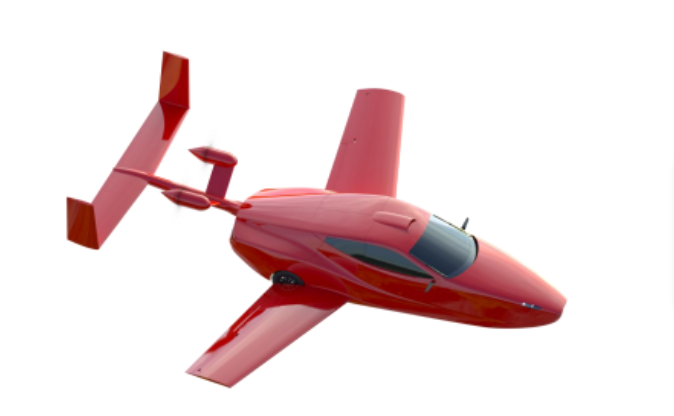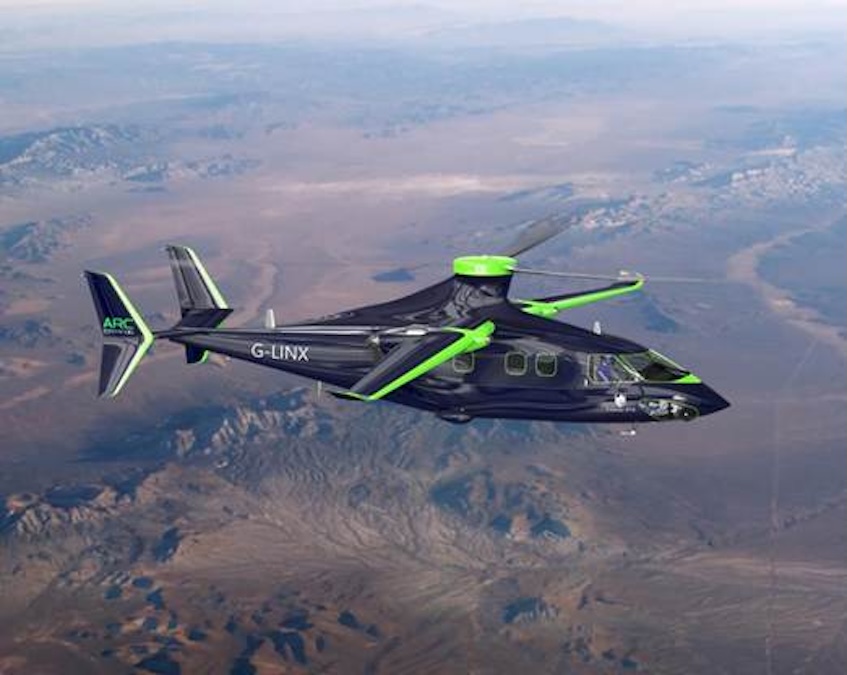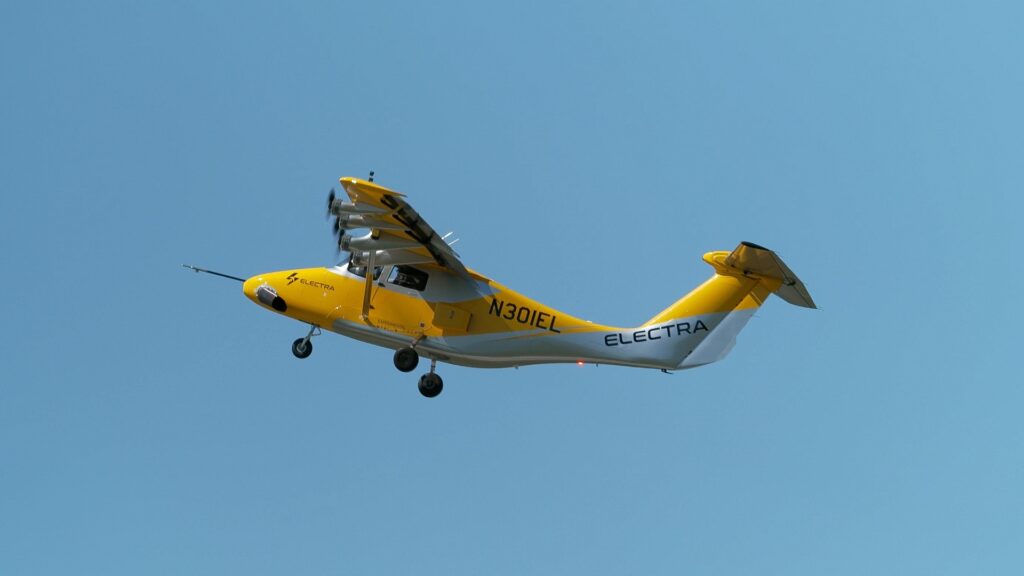
Electra has received a contract that funds powered wind tunnel testing of the company’s hybrid-electric short take-off and landing (eSTOL) aircraft.
The $1.9 million Small Business Innovation Research (SBIR) contract enables the U.S. Army to explore Electra’s unique blown wing aircraft technology potential to broaden U.S. military capabilities, especially for fuel-efficient, resilient logistics in contested environments.
The powered wind tunnel testing will advance Electra’s novel aerodynamics database for use in performance analysis, simulator, and control law development. These wind tunnel tests, combined with ground tests and the ongoing flight test program of Electra’s eSTOL technology demonstrator aircraft, will be used to help guide the design and development of Electra’s production aircraft.
Ben Marchionna, Electra’s Director of Technology and Innovation, said; “There is a substantial benefit to employing the right-sized aircraft for a given payload-range mission. It’s a very effective method to substantially reduce fuel use – or operational energy – in theater, which really matters for enabling distributed operations in contested locations.
“Many of the most commonly deployed military logistics solutions in use today are flown well below their intended payload capacity. Our eSTOL aircraft can fulfill these missions while using dramatically less fuel, providing much more range, operating at significantly reduced noise levels, and utilizing the same constrained operational ground footprints. It’s an extremely compelling capability and we’re thrilled to be working with the Army team to advance this key national security technology.”
Electra’s eSTOL represents a new category of aircraft capability, combining helicopter-like operational flexibility with superior fixed wing-like performance and operating costs.
The combination of blown lift and eight distributed electric motors significantly increases wing lift, enabling ultra-short takeoffs and landings from spaces as small as a soccer field, and dramatically reduced noise and fuel use compared to conventional aircraft and helicopters. Hybrid-electric power ensures ranges beyond 1,000 miles for national security applications without the need for battery charging stations.


